ISCCC SUBMISSION IN RESPONSE TO ACT ACTIVE TRAVEL PLAN
The Inner South Combined Community Councils (ISCCC), representing residents’ groups in the inner south area, is pleased to provide comment on the Active Travel Plan (published 27 July 2022)
The ISCCC is generally supportive of the Active Travel Plan for Canberra and agrees with the Priority areas for implementation. We have some comments and suggestions addressing the Priorities and actions in the submission below.
We have also encouraged our members to make individual contributions via Your Say, on the interactive maps of cycle and foot paths and overall plan.
Priority 1 – Reinforcing the existing network by upgrading paths with methods to separate transport modes and to increase safety should be given a high priority, especially on primary routes. Routes such as Adelaide Avenue provide little separation between vehicle, cycle and pedestrian modes and this is a major obstacle to its use, especially for commuters to and from the city. Quick build solutions should be prioritised for these primary commuter routes.
Cotter Road should be prioritised for active travelling upgrades and extended through to the intersection with Adelaide Avenue and connected to Canberra Avenue to accommodate growth and usage from the rapidly developing Molonglo Valley.
Development of Light Rail Stage 2B will have a significant impact on Deakin and other inner south areas. Now is an ideal time to develop viable Active Travel routes that can be incorporated efficiently into future transport network design and provide a timely response to Light Rail disruption. Consultation has yet to be undertaken with residents’ associations to discuss concerns and options.
Priority 2 – Being an area of older suburbs, the inner south has a number of footpaths which are narrow, no longer fit for purpose and have deteriorated over time. Further attention to repairing and widening these paths could encourage and support more residents to take up the option of active transport.
The Active Travel routes should be reviewed with all relevant stakeholders to ensure they connect key locations such as shops and schools, are coherent with current and future use patterns, be separated from road traffic, and provided with appropriate priority at road crossings.
Some areas identified by residents for improvements include:
- Area around the Fyshwick markets, Railway station and light industrial/commercial area of Fyshwick. Considering the future development of Eastlake and Dairy Flat Road and the growth of the old Narrabundah area, there is room for improvement and connectivity by walking, cycling and other transport means, such as electric scooters, around these areas.
- Telopea Park (more space for shared pathways) and Brisbane Avenue (degraded foothpaths)
- The East Lake Place Plan needs attention to allocating space for new active paths and to connect to Fyshwick, Narrabundah and Dairy Rd because there will be more residents and the wetlands paths are quite busy now. We need a better network.
- Deakin residents are concerned at the lack of cycle path infrastructure in their area. Continuing growth in suburban traffic and commercial area development within the suburb has highlighted the inadequacy of the current network. The Deakin Residents Association is seeking to accelerate the development of key active travel routes in the inner south-west of Canberra in conjunction with Pedal Power.
- Red Hill has some good access paths around the Red Hill Reserve area; however there are concerns around the condition of many footpaths, particularly with a large cohort in the area of senior citizens.
